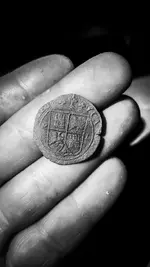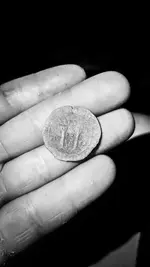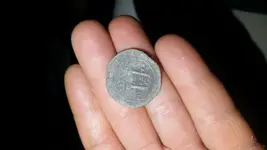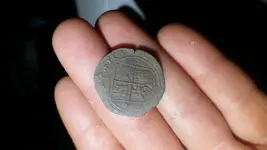Blackbeered
Greenie
- Joined
- Jun 30, 2015
- Messages
- 10
- Reaction score
- 13
- Golden Thread
- 0
- Primary Interest:
- All Treasure Hunting
Hello all! Been a lurker for a long time and enjoy seeing everyone's cool finds. Well last night I found one of my own by accident. From what I can tell it is a Spanish Real probably mid 1500s. I found it along the Texas coast on a beach embedded in the sand while looking for some particular shells, thus the heavy erosion and poor condition. Would anyone be able to provide more of an exact date or other info about this piece?
Thanks guys!


Thanks guys!


Upvote
9




